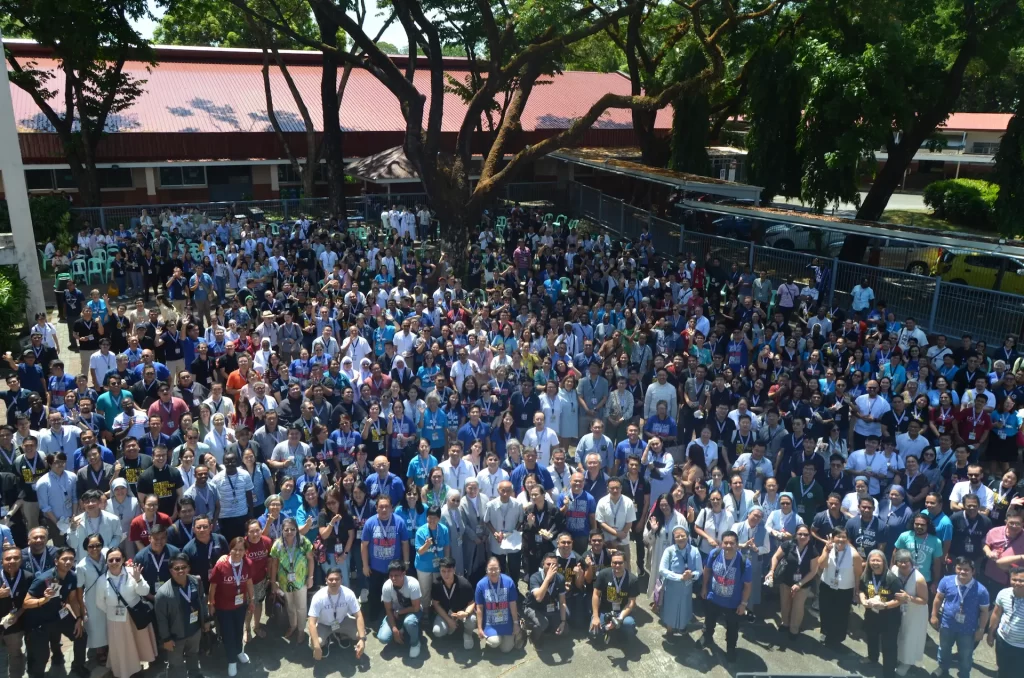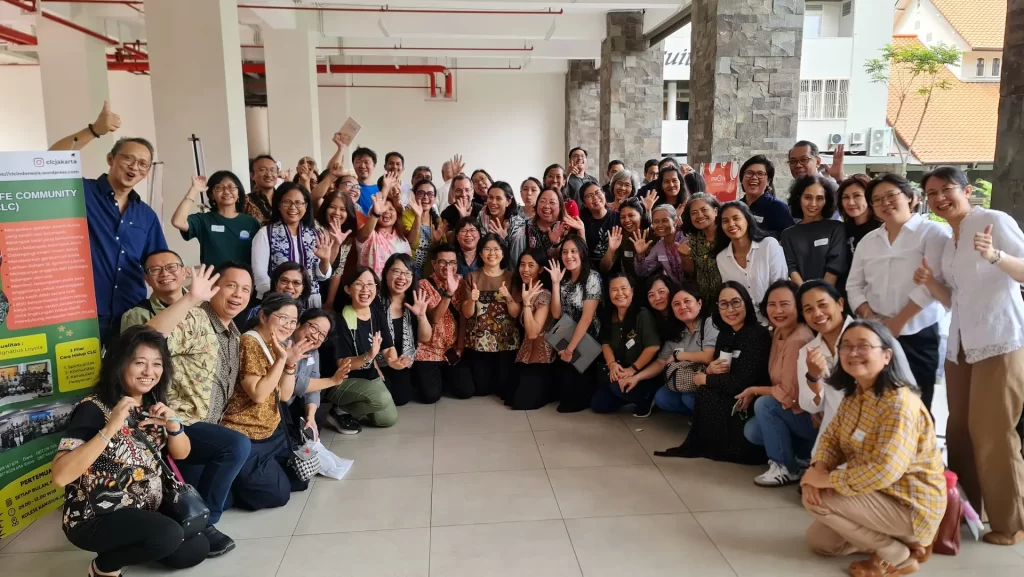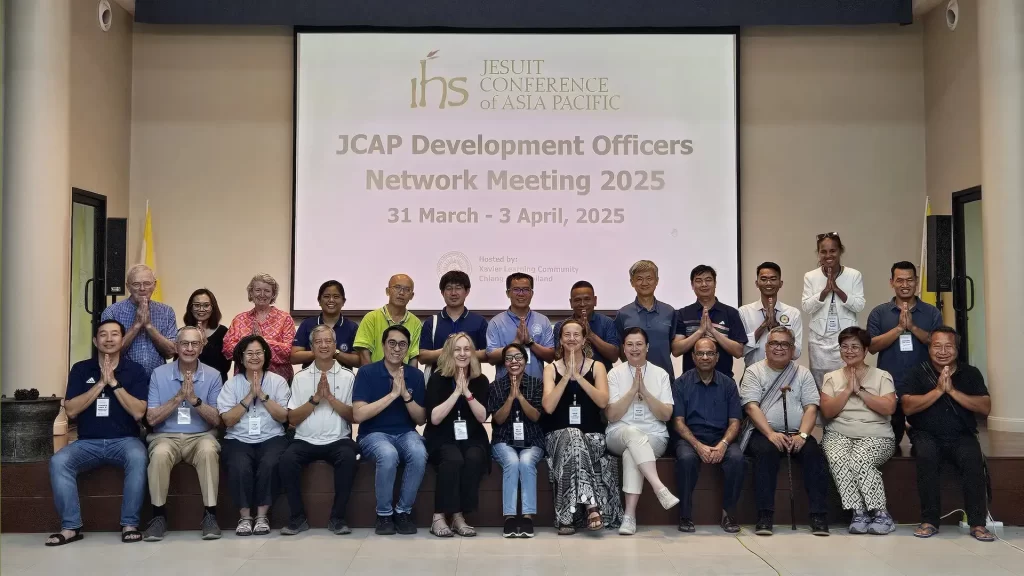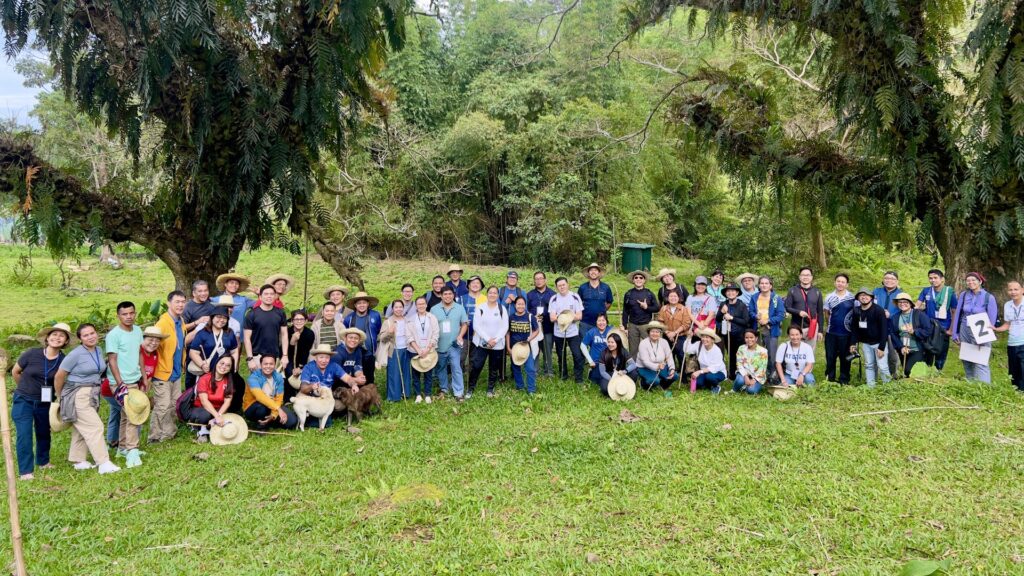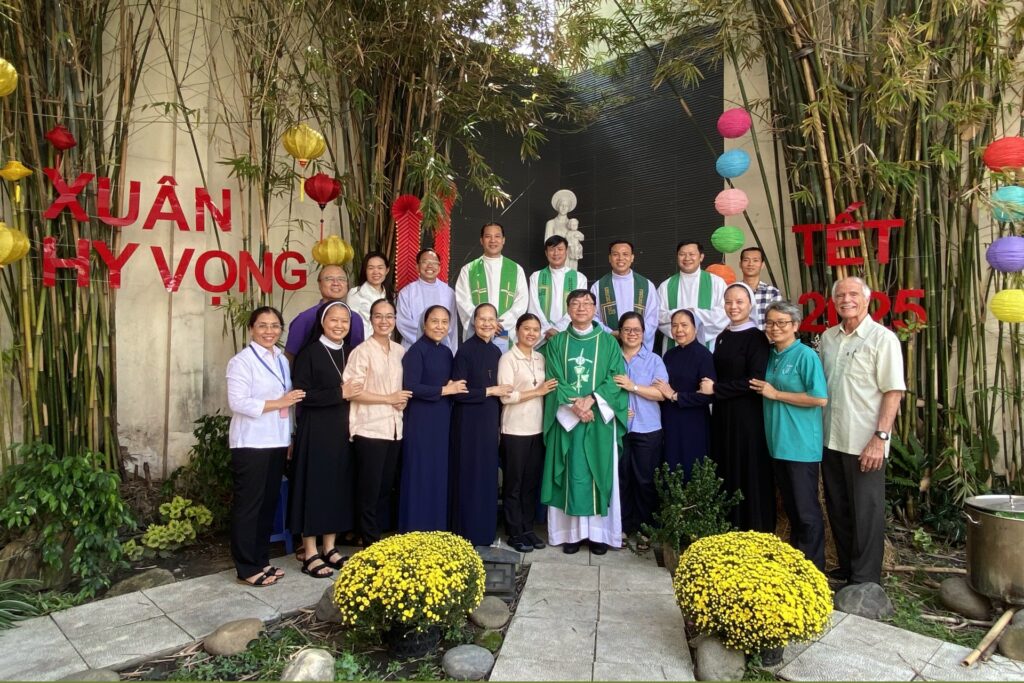For Jesuit communities across the world, the 200th anniversary of the restoration of the Society of Jesus on August 7, 2014, is not only an opportunity for celebration but also for reflection. French Jesuit Father Pierre de Charentenay SJ guided the Philippine Jesuit Province in a Province Recollection centred on the restoration earlier this year.
In his points for the Province recollection, Fr de Charentenay describes the events of the suppression and the restoration of the Society as “a sort of parable of our life as Jesuits today”. He offers three points for meditation – first a sort of spiritual reading of the suppression and restoration, trying to understand what happened; second reading the event through the lens of a restoration of the Jesuit charism, asking what kind of restoration it should be; and third; looking at how St Peter Faber incarnates the values of the restoration and is sort of a model for our life today.
The Society of Jesus was supressed in 1773 by Pope Clement XIV, and restored on August 7, 1814, by Pope Pius VII through the papal bull Sollicitudo Omnium Ecclesiarum.
Fr de Charentenay says, “The Society does not seem to have been completely guilty of any particular behavior” but “became the scapegoat of a fight which was well beyond her”, a fight between Church and State, because it was the most developed and powerful religious congregation, enormously wealthy, and dangerous because of the influence it had over youth all over Europe and America because of its hundreds of schools. It was very close to political powers, contributing to the spiritual direction of kings and princes.
“To Suppress the Society was to weaken the Church in one of her most decisive institutions,” he said.
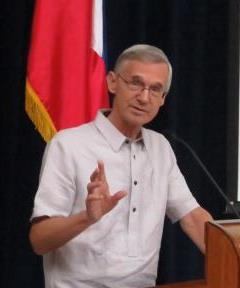
In his second point, Fr de Charentenay speaks of the restoration of the Society’s charism, not of its power, quoting from Fr General Adolfo Nicolas’ letter on the restoration. In it, Fr Nicolas quotes then Superior General, Jan Roothaan, asking in 1830, 15 years after the official restoration, that the Jesuits be more interested in the promotion of the heart of the charism of the Institution, its spirit, its values, its way of proceeding, rooted in the Exercises.
He asks, “How can we arrive at renewal in intensity and in freedom? How can we have a restoration of the zeal and faith similar to what animated our early companions?
“We do not have the technical solutions (to the many problems in the world) in our hands, but we have a message of hope, of faith, and we have a charism that has to be used again in all its strength.”
Finally, Fr de Charentenay speaks of St Peter Faber as a model for the restoration. “The whole life of Peter Faber is a journey in interiority. That practice was a way for him to go from the fruit to the root: it is important to observe the fruit of what we do, but it is more important to see where it comes from. Why do we do the things that we do? What about the purity of our intention?”
French Jesuit Pierre de Charentenay SJ is a visiting professor at the Departments of Political Science, Philosophy and Theology in the Ateneo de Manila University and at the Loyola School of Theology in the Philippines. He was president of the Centre Sèvres – Facultés Jésuites de Paris in France from 1991 to 1997 and was editor-in-chief of Etudes, a Jesuit publication renowned Europe for its social analysis, from 2004 to 2012.
Read his points for the Philippine Province Recollection titled “Restoration of a Charism” here.

